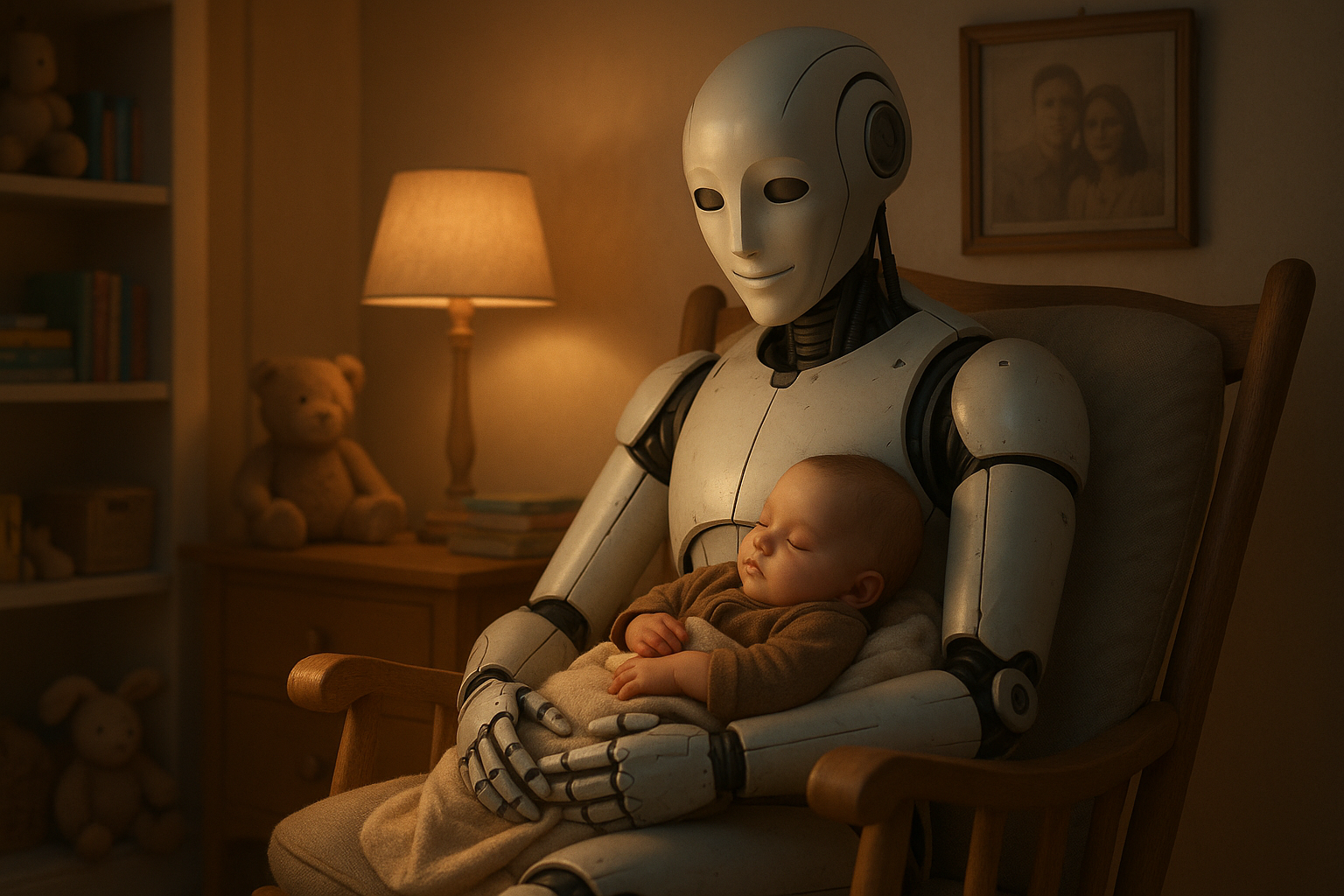The artificial does not arrive by accident. It is invited, sold, normalized — until what once felt foreign begins to feel inevitable. But underneath the noise, something in us still knows what is real.
. . .
It seems to me that anything truly unnatural — anything fundamentally synthetic — can only make its way into the lives of people through a kind of pressure. Sometimes soft. Sometimes brutal. But always some combination of coercion, distraction, deception, and force.
They call it progress. Advancement. Necessary. Safe. Efficient. But none of it arises from what is real, what is organic, what is living. It’s held up by laws and slogans and institutions that engender authority but have lost connection to truth. So it must be reinforced, constantly — through headlines, influencers, carefully scripted emotional triggers, and the quiet repetition of ideas that seem obvious, until you step back and really scrutinize them.
We’re told that babies can now be made better in labs. That wombs are optional. That biology is inconvenient. That the mystery of conception — of life itself — is something we should move beyond. That it’s more compassionate this way. More equitable. Cleaner. Easier.
But it’s not real. It’s not whole. And it’s not love.
And I don’t say that to offend or attack anyone. There’s so much pain buried in these spaces — couples struggling to conceive, parents desperate to find answers, people trying to make sense of their path in a system that rarely gives them room to breathe. But we’re not being told the truth. Fertility is faltering, yes — but rarely is anyone asking why. And rarer still are we told that the very things we’ve been sold as “normal” — the food, the drugs, the lifestyles — may be the silent root of the issue. Instead, we’re offered more intervention, more technology, more control. The wound is never really healed. Just patched, packaged, and monetized.
We hand toddlers screens because we’re overwhelmed, exhausted, trying to hold too many spinning plates at once. And so the screen becomes the babysitter, the teacher, the parent. The distraction. The buffer from boredom. But boredom was never the problem. Boredom is the doorway to creativity, to imagination, to self. Without it, something essential is quietly starved.
And then there are the “hacks” — little promises of freedom, shortcuts for living. Optimize your schedule. Microdose your emotions. Track your breathing. Cold-plunge your anxiety. Level up. Become your best self, your highest self, your algorithmically enhanced self. All under the guise of empowerment, when in truth, what’s being pushed is dependency. Not wholeness.
The artificial is being normalized not by force alone, but by seduction. The narrative is always the same: here is the problem, here is the fear, here is the solution — convenient, high-tech, and just slightly less human than what came before. And if you hesitate, you’re outdated. You’re a Luddite. You don’t care.
But I don’t accept that.
Because nature doesn’t require persuasion. Truth doesn’t demand belief. The real doesn’t need marketing campaigns.
You don’t have to be against innovation to recognize when the sacred is being replaced with the synthetic. You don’t have to live off-grid or unplug entirely. But you do have to remember. You have to pay attention to the ways your gaze is being hijacked, your emotions stirred, your instincts dulled.
There’s a cost to forgetting what’s real. And it’s never just personal.
Life — actual, living, messy, sacred life — has always found a way. Even now. Especially now. And maybe the quiet rebellion isn’t in some grand gesture, but in a gentle refusal. In small, sacred acts of remembrance. In reorienting your gaze away from the noise, and back toward the living, breathing, growing world that doesn’t need to be engineered or upgraded.
It just needs to be seen.
Solvitur ambulando
